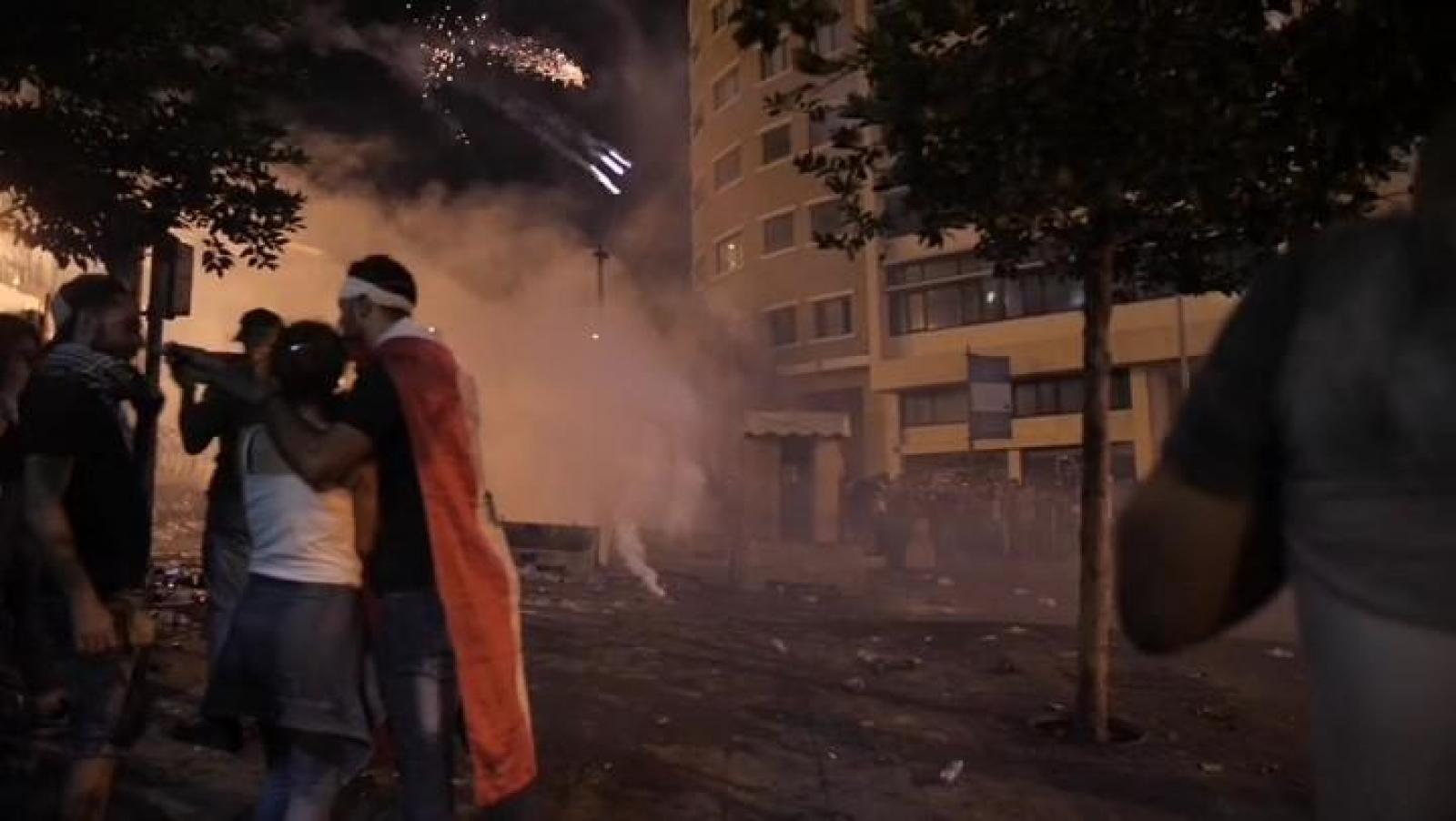Martyr Square, Beirut
Since October 17, 2019, when the government unveiled a slew of new taxes, Lebanon has seen massive anti-government protests. The nationwide demonstrations exploded into outbursts of rage directed at the entire government elite, which demonstrators blame for the country's dire economic situation. State security services have used excessive brutality against demonstrators and have refused to shield them from violent counter-protesters on many occasions. The great recession, along with reckless fiscal policies, has put people's wellbeing and food security in jeopardy, and has pushed more families into poverty. The economic crisis has struck vulnerable people especially hard, such as migrants and migrant workers.
On October 18, 2019, Lebanon's security forces used excessive and needless violence against demonstrators in downtown Beirut. Riot police from the Internal Security Forces shot tear gas at thousands mainly peaceful demonstrators, including children, attacking people in the heads and faces, as well as paramedics treating the wounded. The army evacuated the areas, often with excess force. Thousands of demonstrators demanded justice for the injured, transparency, and an end to impunity in Beirut’s Martyrs' Square. In response, the Lebanese army and security forces used a shoot-to-harm strategy against peaceful demonstrators, injuring over 230 people with many people being injured by pellets fired into their eyes.
Lebanese officials have been actively targeting journalists and demonstrators who were recognizable during the October protest campaign, summoning and interrogating them on the grounds of problematic defamation legislation, potentially frightening the larger movement and the right to peaceful assembly. 75 cases of people who were summoned, including 20 journalists, based on allegations of misconduct in response to social media messages condemning the government, between 17 October 2019 and 24 June 2020. Even though none of these are mandated, a variety of military and security agencies have been responsible for them. Protests continued until March 2020, when fear of COVID-19 and fatigue due to the economic crisis brought them to a halt.
Images
